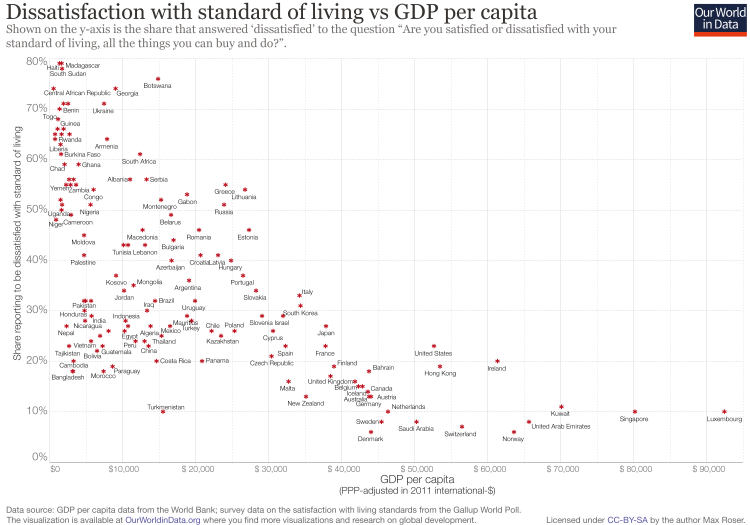Matthew C Klein in the FT's Alphaville:
Christian Odendahl is one of the finest analysts of the German economy writing in English. So it’s worth your time to closely read his review of the country’s labour market reforms of the early 2000s, sometimes called “Agenda 2010” or the “Hartz Reforms”.
There’s lots to digest, from his finding that German real interest rates were significantly higher in 1999-2007 than in the other large Western economies to his observation that the impact of the reforms is often overstated because they happened to coincide with the end of Germany’s decade-long construction bust.
The most useful insight for policymakers elsewhere in the euro area is that Germany’s reforms in 2003-2005 can’t explain most of the interesting things that have happened in the German economy during its membership of the single currency. The features that prevented mass layoffs in 2008 were much older, for example.
But we want to highlight something else in Odendahl’s paper: his implication that Germany’s jobs growth is more myth than miracle.
Yes, the number of Germans listed as having a job has grown by about 15 per cent since the lows in the mid-1990s. But the total number of hours worked is less than 2 per cent higher over the same period and still significantly lower than in the early 1990s:
As Odendahl notes, this wouldn’t necessarily be a problem if an employment boom happened to coincide with a widespread desire to spend less time on the job.
More here.

